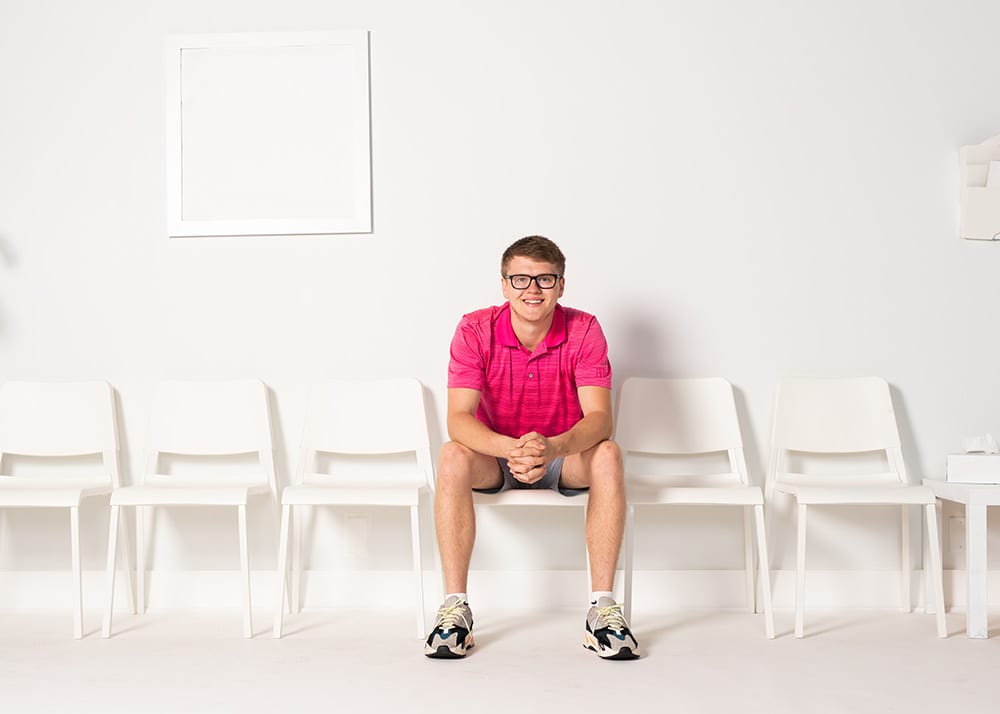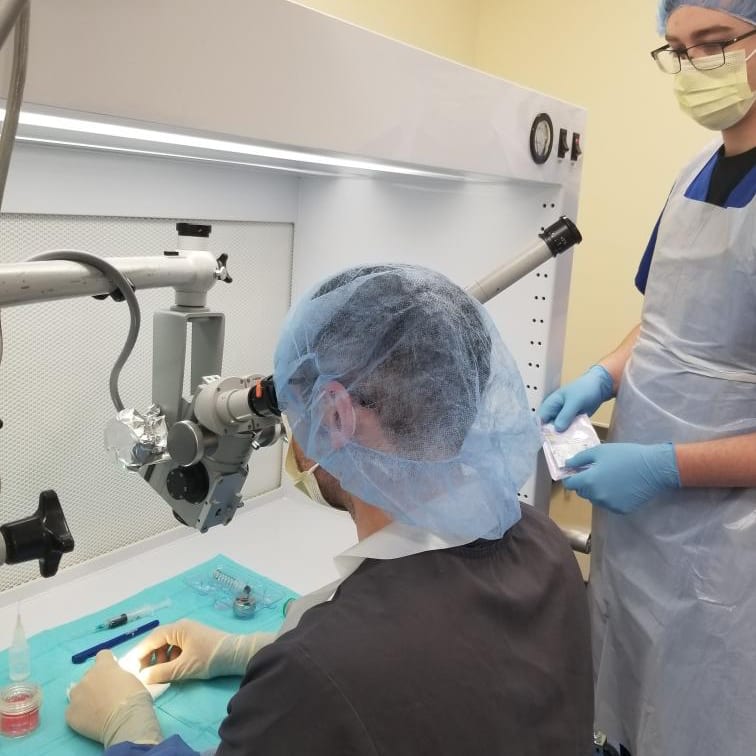What We Do
The Cincinnati Eye Bank provides corneal tissue for transplant to help surgeons restore sight to their patients. In addition to tissue for PK procedures and precut lamellar tissue for DSAEK and DMEK, we also offer preloaded tissue for DMEK.
How Donation Helps
The Cincinnati Eye Bank’s primary option is always that donated tissue be used for transplantation, however, not all donated eyes are suitable for surgery. Donor tissue that is not suitable for transplantation can still give the gift of sight through the option of medical research and teaching. Whether the gift is used for corneal transplantation or for the equally important purpose of research and teaching, its benefits are profound.
No one should eliminate themselves as a donor because of age or pre-existing medical condition. Each potential eye donor is evaluated on an individual basis for suitability.






The Cornea is the Window Into Your Eye
What is Corneal Transplantation?
The cornea is the clear “window” at the front of the eye, thus a cornea transplant can be likened to the replacement of a cloudy window pane with a new, clear pane of glass. During a cornea transplant, a circular section of the diseased or damaged cornea is removed by the surgeon and replaced with a similar piece from the donor cornea. The full thickness of the cornea may be replaced (penetrating keratoplasty), or only the affected layers (lamellar keratoplasty), as determined by the patient’s surgeon. In a penetrating keratoplasty, the donor tissue is sewn into place with suture finer than a human hair. More than 90% of corneal transplants are successful, and tissue “matching” is not required between donor and recipient. Over 46,000 corneal transplants are performed annually in the U.S., but patients continue to be added to surgery lists daily.
The first successful human cornea transplant was performed in 1905, but the procedure remained quite rare until the advent of the modern eye banking system. The nation’s first eye bank was founded in New York City in 1944, and a few years later, others were founded to serve the growing need for donated eye tissue, including the Cincinnati Eye Bank in 1956. In 1961, the Eye Bank Association of America (EBAA) was established, which now provides medical standards for the recovery and distribution of corneal tissue, accredits member eye banks, and provides educational programs for physicians and eye bank personnel.
An eye bank is the link from the donor family to the surgeon and their patients, helping to bring about the miracle gift of sight. Before a cornea transplant can happen, however, the donor recovery and screening process must take place. Potential donors are thoroughly evaluated for suitability for transplantation to assure the best outcome for the waiting recipient. The medical and social history is carefully reviewed for medical exclusions or evidence of possible high risk, serological blood testing is performed and the quality of the cornea itself is examined under special surgical microscopes.
Once a cornea has been determined to be suitable for transplantation, it is placed with a waiting patient and their surgeon. Surgery generally takes place within 5-10 days, corneas are viable for up to 14 days due to the special living culture media it is stored in. Optisol-GS (Bausch & Lomb Inc) is the most commonly used corneal storage medium in the United States. Suitable corneal tissue may also be shared with other eye banks in the United States or internationally, depending on current local surgery lists.
Restoring the Gift of Sight
Medical Research and Teaching
The corneal transplant is a miracle of modern surgery, but corneal blindness comprises only 10% of all of those who are blind, leaving so many others waiting for their own miracle. Medical research is the key to finding ways to prevent or cure blinding diseases for future generations. Donated human eye tissue is needed since many eye diseases cannot be simulated by computer or other means. The Cincinnati Eye Bank is committed to providing this tissue for vital research into eye diseases such as cataracts, glaucoma, macular degeneration and diabetes.
Donated tissue is also needed for the medical training of ophthalmic surgeons. New surgical techniques are constantly conceived, and surgeons need experience to improve and perfect their operating skills. Again, donated human eye tissue is needed since a simulation is inadequate for beneficial experience. The Cincinnati Eye Bank is also committed to advancing surgical practice through the use of donated eye tissue.
